Tom's Guide Best of CES 2020 Awards: This is the top new tech
Here's what caught our eye at the biggest tech event of the year
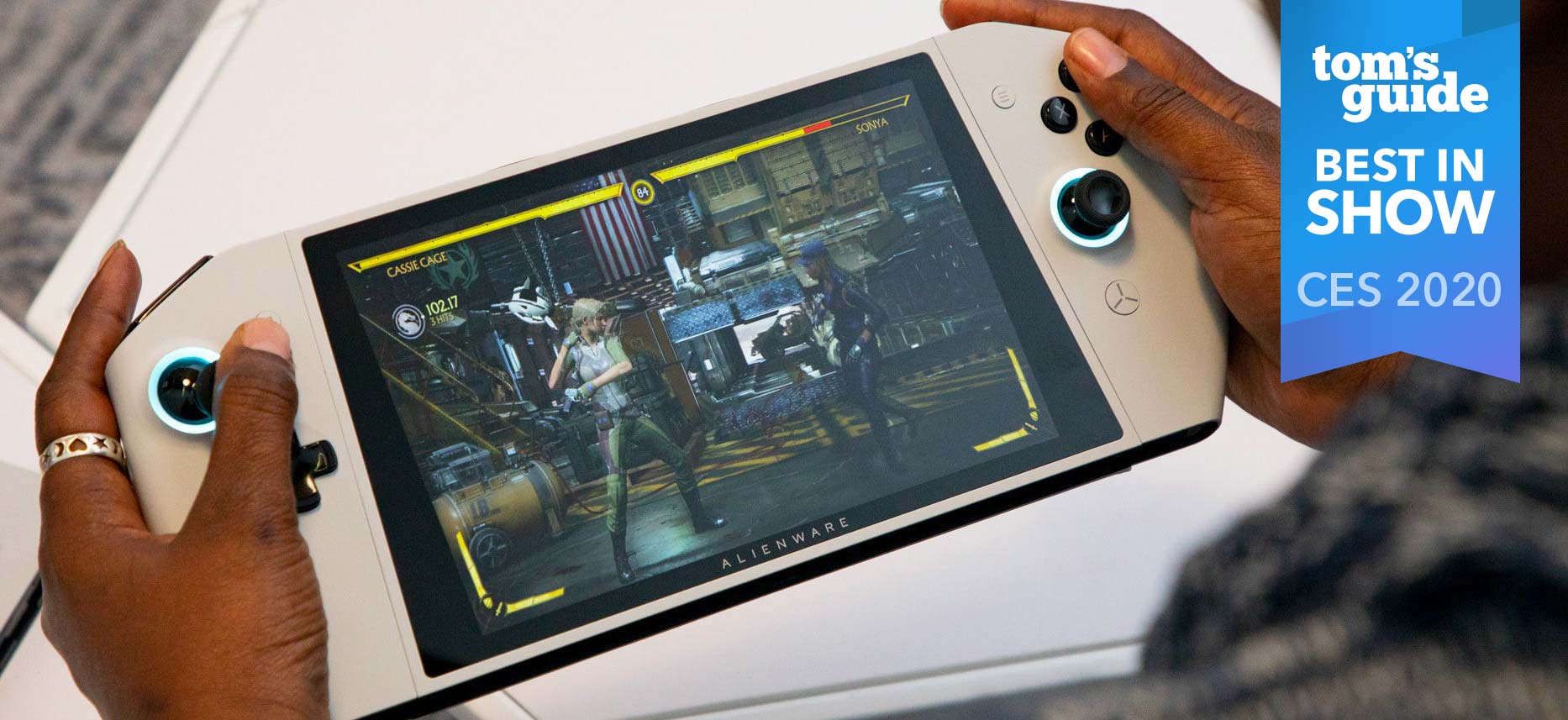
CES 2020 turned out to be a tech event with a surprising amount of surprises. Sony showed off an electric car. Samsung unveiled a rolling robot called Ballie and gave a very quick sneak peek at its first augmented reality glasses. And a startup called Neon came out of nowhere with a glimpse of what artificial humans could do for us as highly evolved chatbots, even if they're not ready for primetime. There was also a exoskeleton robot that turns humans into cyborgs. Even Apple showed up at CES, though it was to talk privacy.
Our mission at CES is to see through the hype and identify the most innovative products and services that can make your life easier, better and more fun. Some of these devices are concepts and others will be hitting retail shelves in the coming months but they all point the way towards an exciting future. From foldable screen PCs and self-balancing pods that zip up to 24 mph to affordable 8K TVs and smart mirrors that recommend skin products, these are the best of CES 2020 award winners for Tom’s Guide.
Best of Show: Alienware Concept UFO
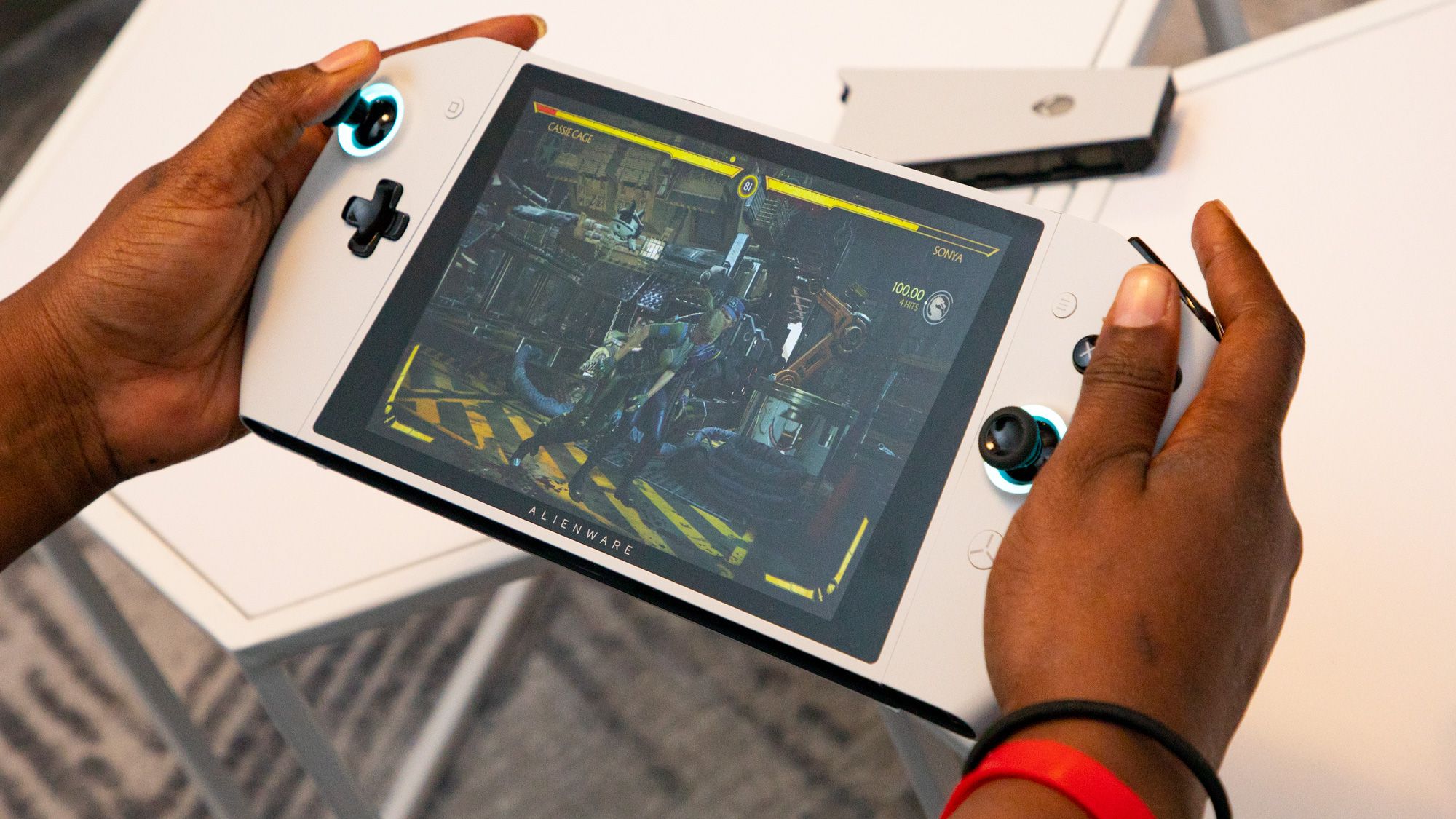
What if you had a device that was as portable and versatile as the Nintendo Switch, but as powerful as a premium gaming PC? That’s the idea behind Alienware’s Concept UFO, a concept device that’s designed to let you have a full-fledged Windows 10 gaming experience anywhere. The Concept UFO evokes Nintendo’s beloved hybrid console with its detachable controllers and kickstand, but its larger 8-inch, 1900 x 1200 display and more powerful guts let you play titles like Mortal Kombat 11 and Fortnite at much higher fidelity than the Switch can.
The UFO’s slick Lunar White design feels great to hold and fits right in with the signature look of Alienware’s desktops and laptops, and it has a handy USB-C connection for gaming on the big screen. If the Concept UFO ever becomes a real product, it’ll likely be more expensive than the Nintendo Switch — and possibly even the PS5 and Xbox Series X. But by packing excellent ergonomics and powerful PC specs into a portable machine, Alienware has the potential to inspire a whole new generation of devices that could make on-the-go gaming more immersive than ever. — Mike Andronico
Best Travel Tech: Delta Parallel Reality

You’ve never seen anything like this before. With Parallel Reality, Delta has found a way to deliver personalized messages to up to 100 travelers in airports while they are all looking at the same screen. It sounds like magic, but it works, as I experienced during my own demo. Instead of seeing a board crowded with flights and departure times, I saw only “Hello Mark! Your flight to Paris is on time at Gate A9, boarding in 30 min at 12:06 PM.” Delta worked with Misapplied Sciences on the Parallel Reality displays, which leverage multi-view pixels and proprietary tech in combination with personal identifiers to ensure that the messages are truly for your eyes only. (And, yes, it’s opt in.) Parallel Reality is rolling out in Detroit Metropolitan Airport in beta this year. — Mark Spoonauer
Best Innovation: Lenovo ThinkPad X1 Fold

The world’s first foldable screen laptop could literally change the shape of mobile computing. Packing a folding 13.3-inch OLED display, the ThinkPad X1 Fold lets you use the device in multiple modes, including as a tablet in landscape mode, a note-taking device in portrait mode, or as a mini laptop when folded. The optional Bluetooth keyboard slips in between the two sides of this clamshell when closed and it automatically starts charging. The most notable thing about the ThinkPad X1 Fold is its durability; the multi-link torque hinge, carbon fiber backplate and the plastic OLED display are all built to withstand heavy use in the field. While the $2,499 asking price is quite high, this 2.2-pound marvel is above the fold. — Mark Spoonauer
Best Rideable: Segway S-Pod
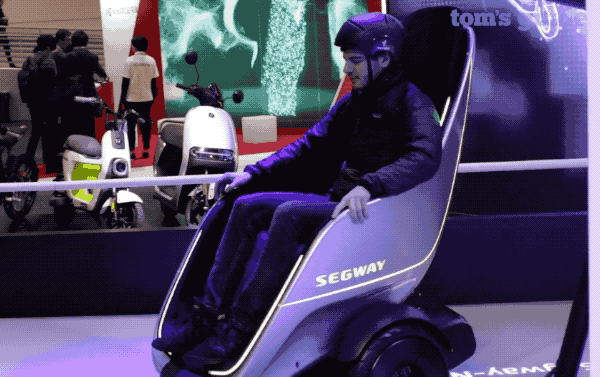
The Segway S-Pod looks like an oversized chair on wheels that’s too bulky to be practical. But then you get in and start driving, and your skepticism gives way to smiles. This self-balancing vehicle can zoom up to 24 mph and has LED lights on the back that automatically signal for you as you turn. You control the S-Pod with a joystick, which I found intuitive to use — so much so that I was doing 360s in no time. At first, Segway will be targeting commercial environments, like corporate campuses, malls and airports, but the company says that the S-Pod will be available to consumers in 2021. — Mark Spoonauer
Get instant access to breaking news, the hottest reviews, great deals and helpful tips.
Best Streaming Service: Quibi

Netflix, Hulu, Amazon Prime Video, Disney Plus and HBO Now may be fierce competitors, but they all have one thing in common: They want your attention for at least 20 minutes at a time. Quibi, on the other hand, wants to take advantage of quick-burst video sessions on smartphones. Videos on Quibi range between 3 and 10 minutes, and come in every genre, from fictional dramas to factual documentaries. Unlike short videos on YouTube and Facebook, however, Quibi features (almost) all original content from big-name talents, such as Steven Spielberg and Chrissy Teigen. Quibi may crash and burn, or it may fill an enormous, unexpected niche, but either way, it's one of the more inventive streaming services we've seen in a while. — Marshall Honorof
Best Smartphone: OnePlus Concept One
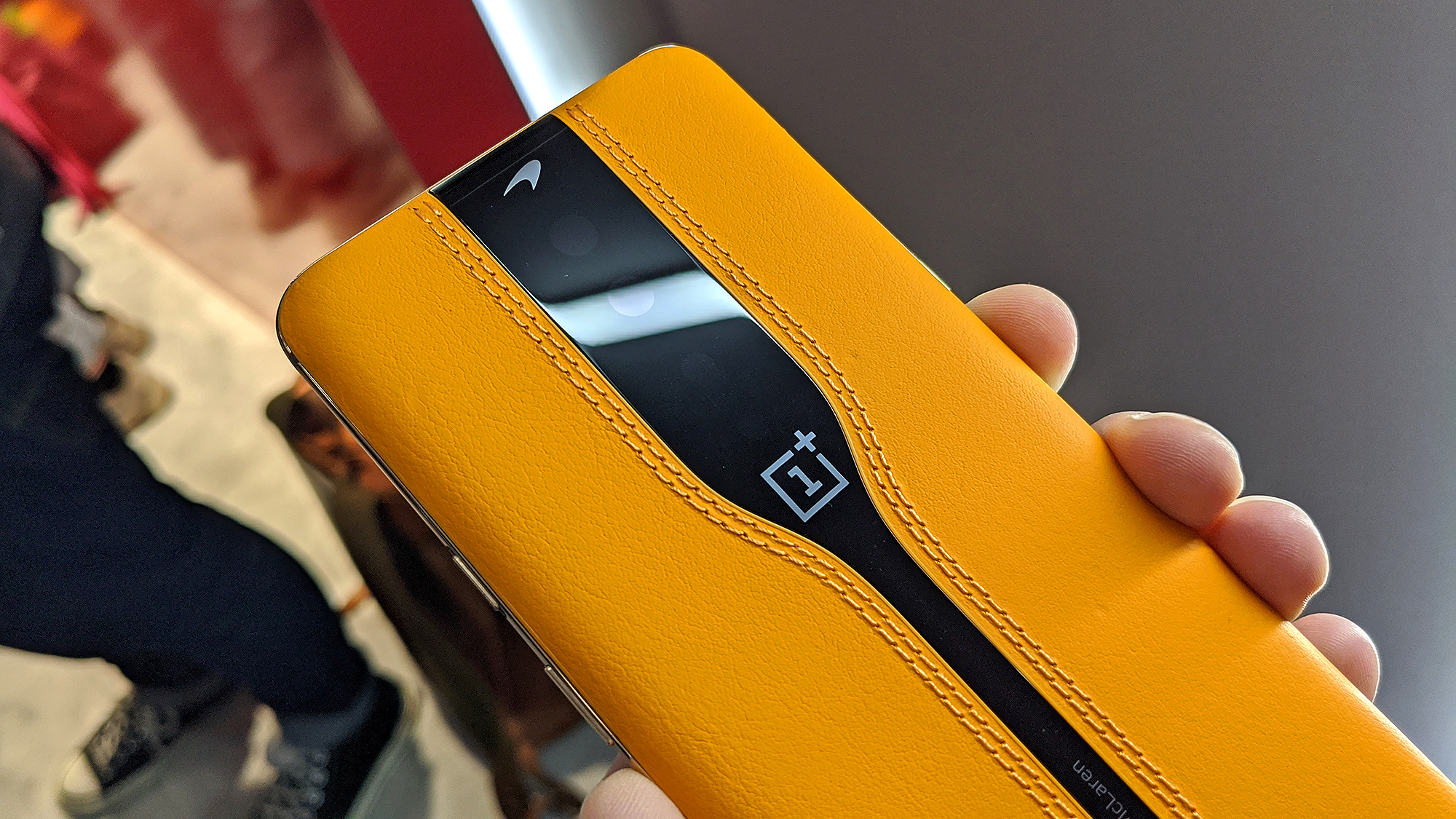
Like most concept devices, the smartphone OnePlus brought to CES this year isn’t so much about what it actually does, but what it means. The electrochromic glass shrouding the triple-lens rear camera stack in the OnePlus Concept One is conductive, allowing it to transform from opaque to translucent to completely transparent in less than a second. However, OnePlus has grander ideas than just improving aesthetics. The glass can act as a neutral-density filter in the camera app’s Pro mode — a tool often used by professional photographers. And because the glass is dynamic, it’s possible we might one day see phones and devices able to alter their physical appearance before our very eyes. — Adam Ismail
Best TV: TCL 8K Mini-LED Roku TV
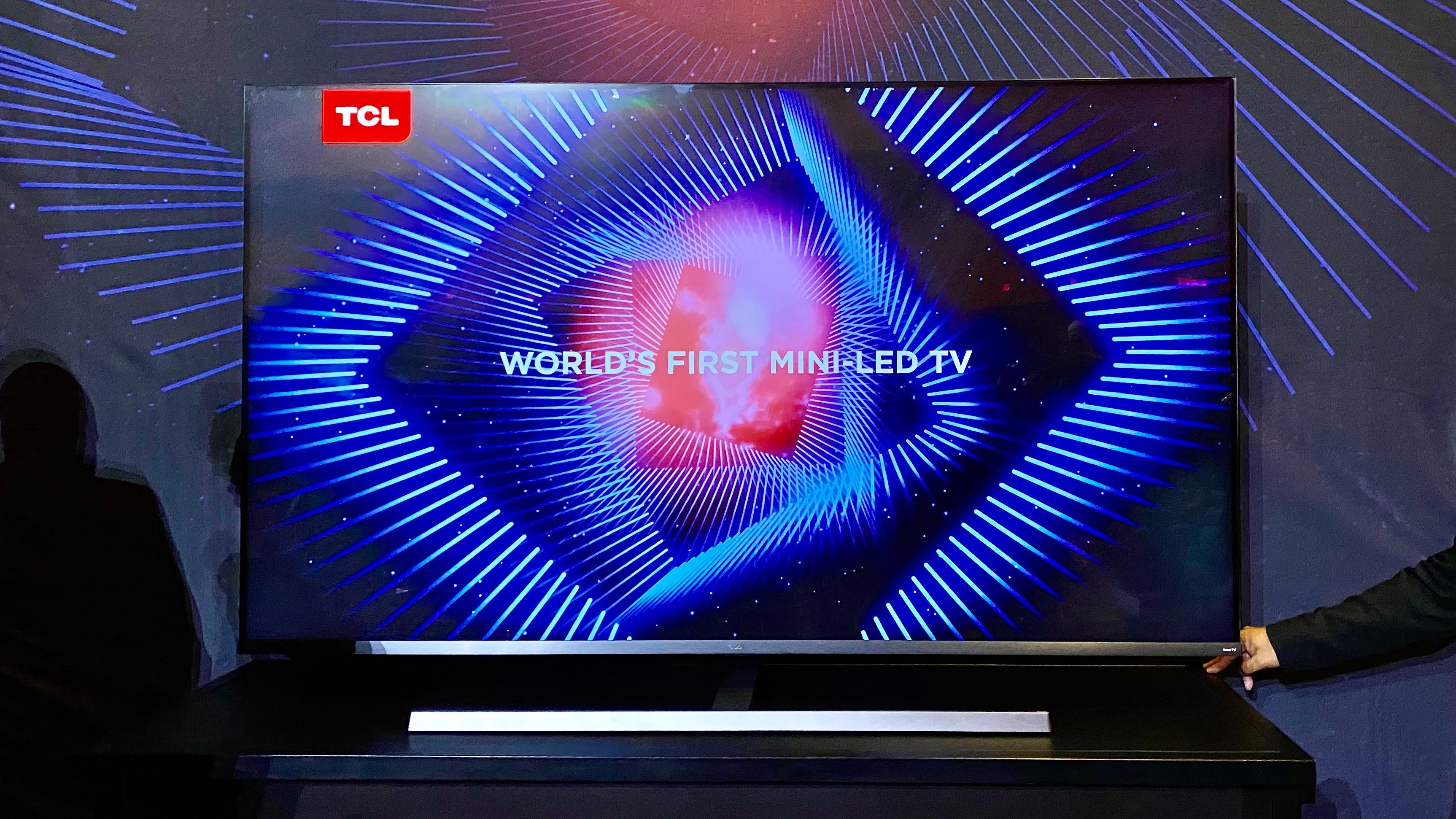
After years of making TVs that punch above their weight in terms of price, TCL’s 8K Mini-LED Roku TV should be one of the most affordable 8K TVs to arrive on the market this year. And TCL has taken pains to bring real innovation to the new TV, backing the 8K panel with its new Vidrian mini-LED backlight. The new approach embeds thousands of thin-film LEDs into a single glass panel for better performance and slimmer, sturdier construction. Where established players are remixing existing features and making minor tweaks, TCL is leveraging its R&D to advance TV technology and offer a better product. Combine all of this with TCL's excellent implementations of Roku TV, and the TCL 8K Mini-LED Roku TV promises to bring huge value to a growing category. — Brian Westover
Best Laptop: Samsung Galaxy Chromebook
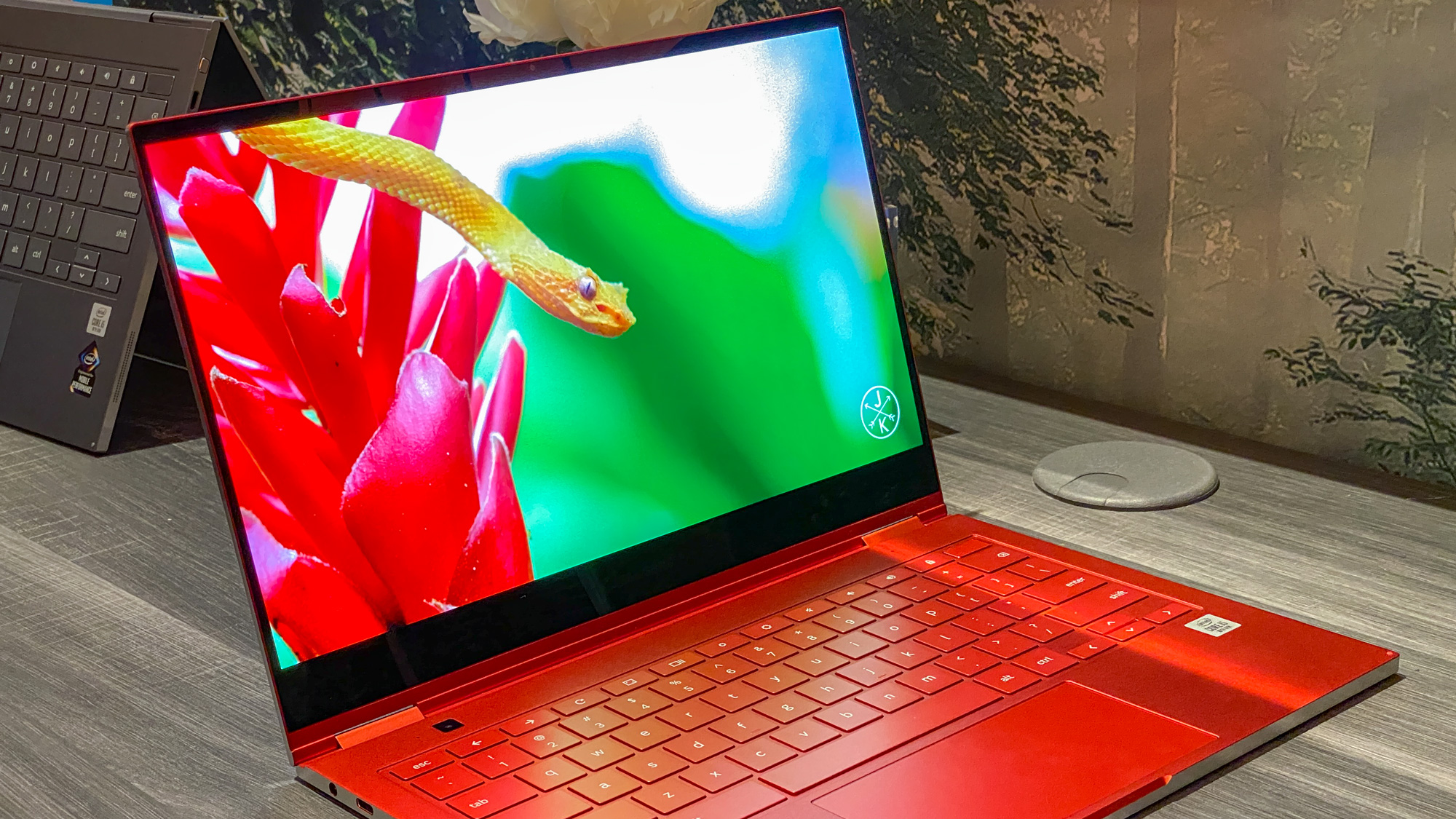
I’ve been covering laptops for nearly two decades, and the Galaxy Chromebook may be the most stunning notebook I’ve ever seen. It starts with a gorgeous 4K AMOLED display that’s sharp and bursting with color. The chassis itself is amazingly thin at just 0.39 inches thick, and yet Samsung and Intel managed to cram a powerful 10th gen Core i5 U series processor into a fanless design. The Galaxy Chromebook also comes with a pen for taking notes or sketching. Yes, you can get the Galaxy Chromebook in Mercury Gray, but the Fiesta Red will really turn heads. So will the premium $999 price, but if you want the ultimate Chrome OS laptop, this could be it. — Mark Spoonauer
Best Gaming Headset: HyperX Cloud Flight S
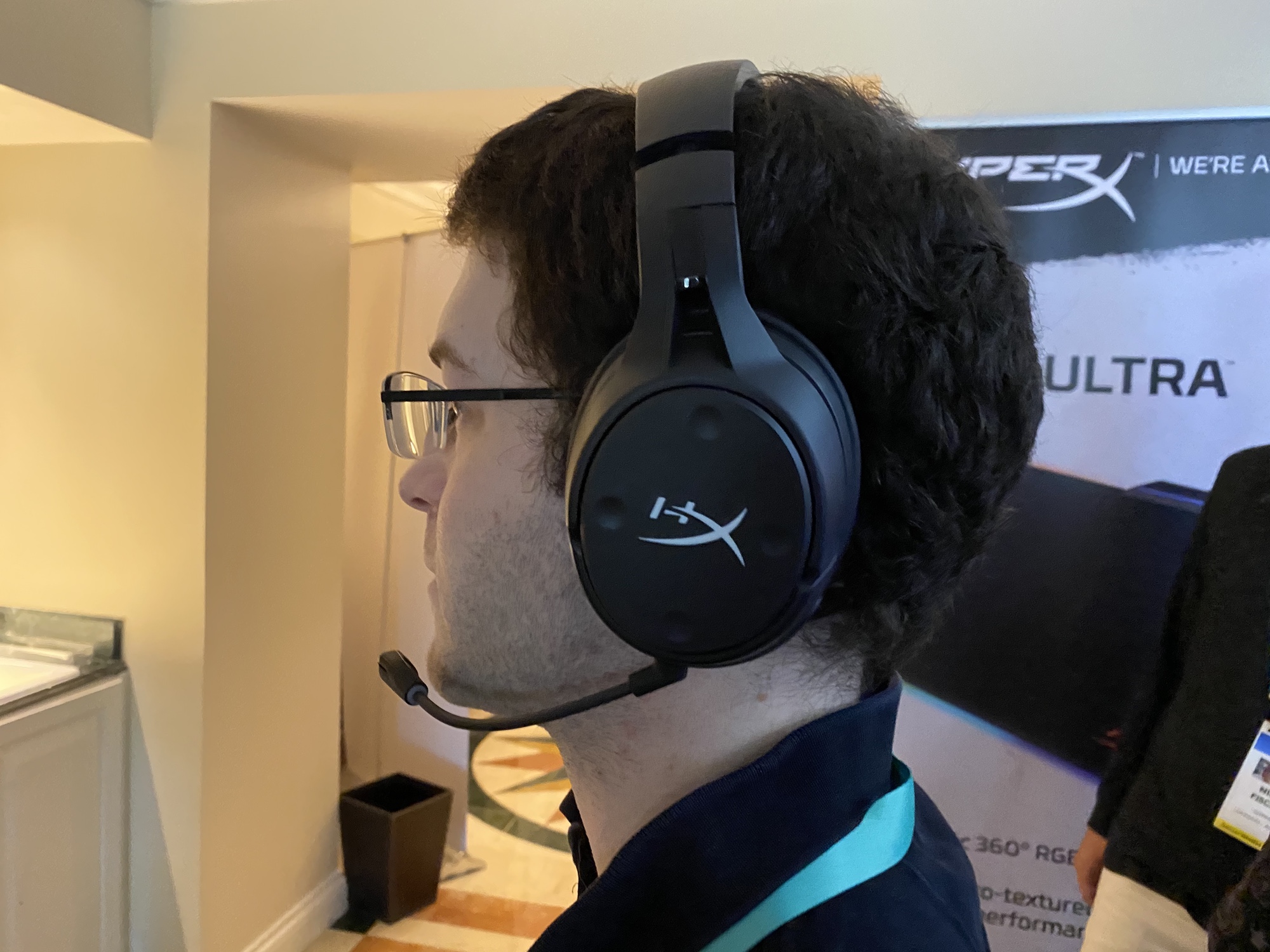
If there's been one consistent trend in gaming over the past five years or so, it's the gradual embrace of wireless devices. Wireless gaming headsets can provide excellent sound, but they always seem to run out of battery power at inopportune moments, and recharging them can turn your desk into a tangle of wires. Enter the HyperX Cloud Flight S, which is the first-ever gaming headset that can recharge via Qi. This means that between sessions, you can simply lay one earcup down on a wireless charging pad and come back to a fully powered peripheral. On top of that, the Cloud Flight S delivers HyperX's signature high-quality audio and comfortable design, making it the perfect companion for both PC and PS4 gaming. — Marshall Honorof
Best Gaming PC: Origin Big O
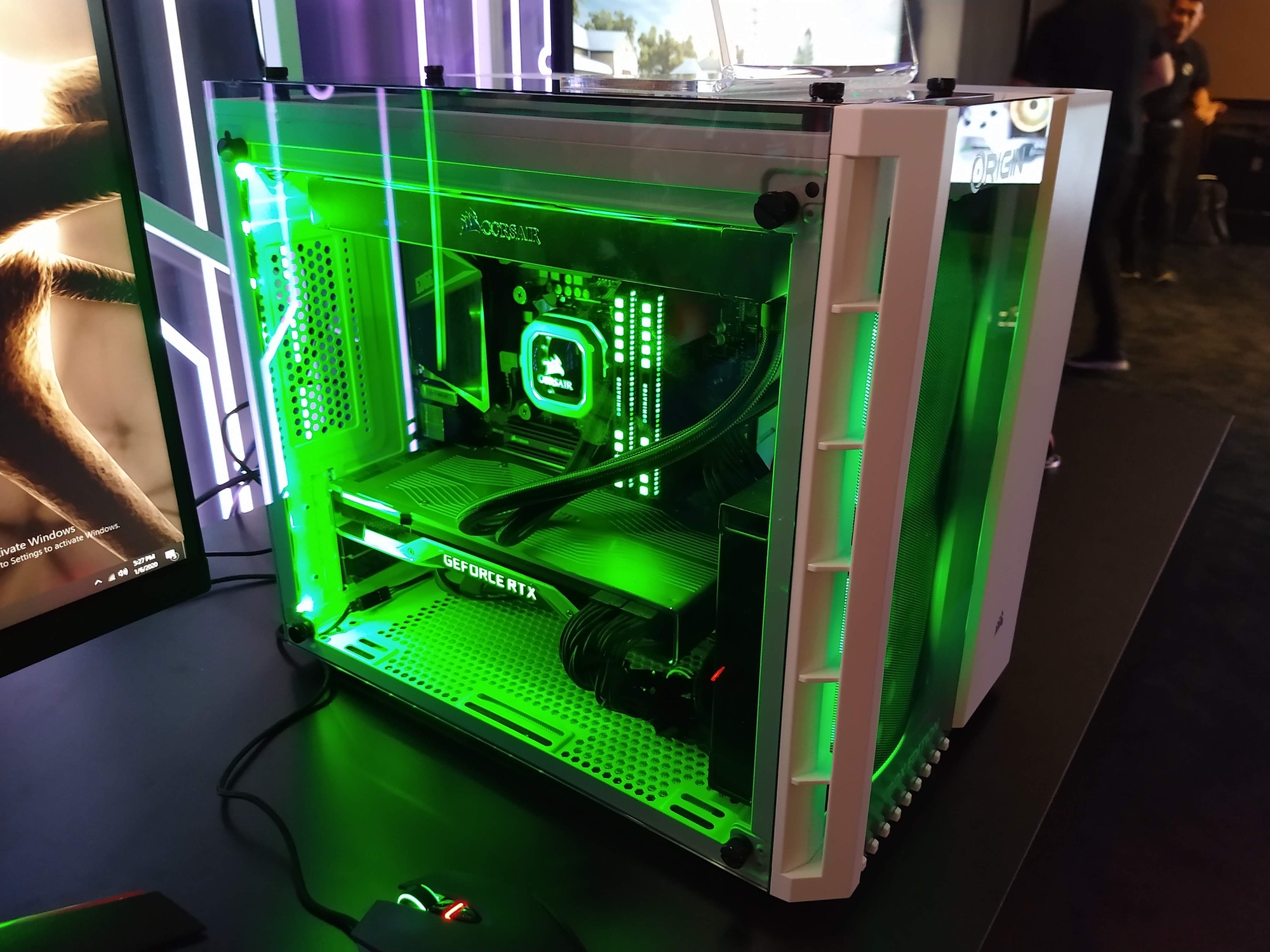
The Origin Big O started off as something of a joke: a PS4, Xbox One and Switch all crammed into a gigantic chassis alongside a gaming PC. But, to Origin's surprise, fans inundated their offices with phone calls, asking when the monstrous mashup would be available for real. This year, Origin made the Big O real, in a much more wallet-friendly format. The Origin Big O combines a high-end gaming PC with either a PS4 or Xbox One console right in the same chassis, with enough cooling power to run both systems simultaneously. This is an ideal setup for streamers, as well as gamers with limited living room space. Is it necessary? No. But it's something that fans really wanted, and Origin made their dream real. — Marshall Honorof
Best Monitor: MSI Optix MAG342CQR
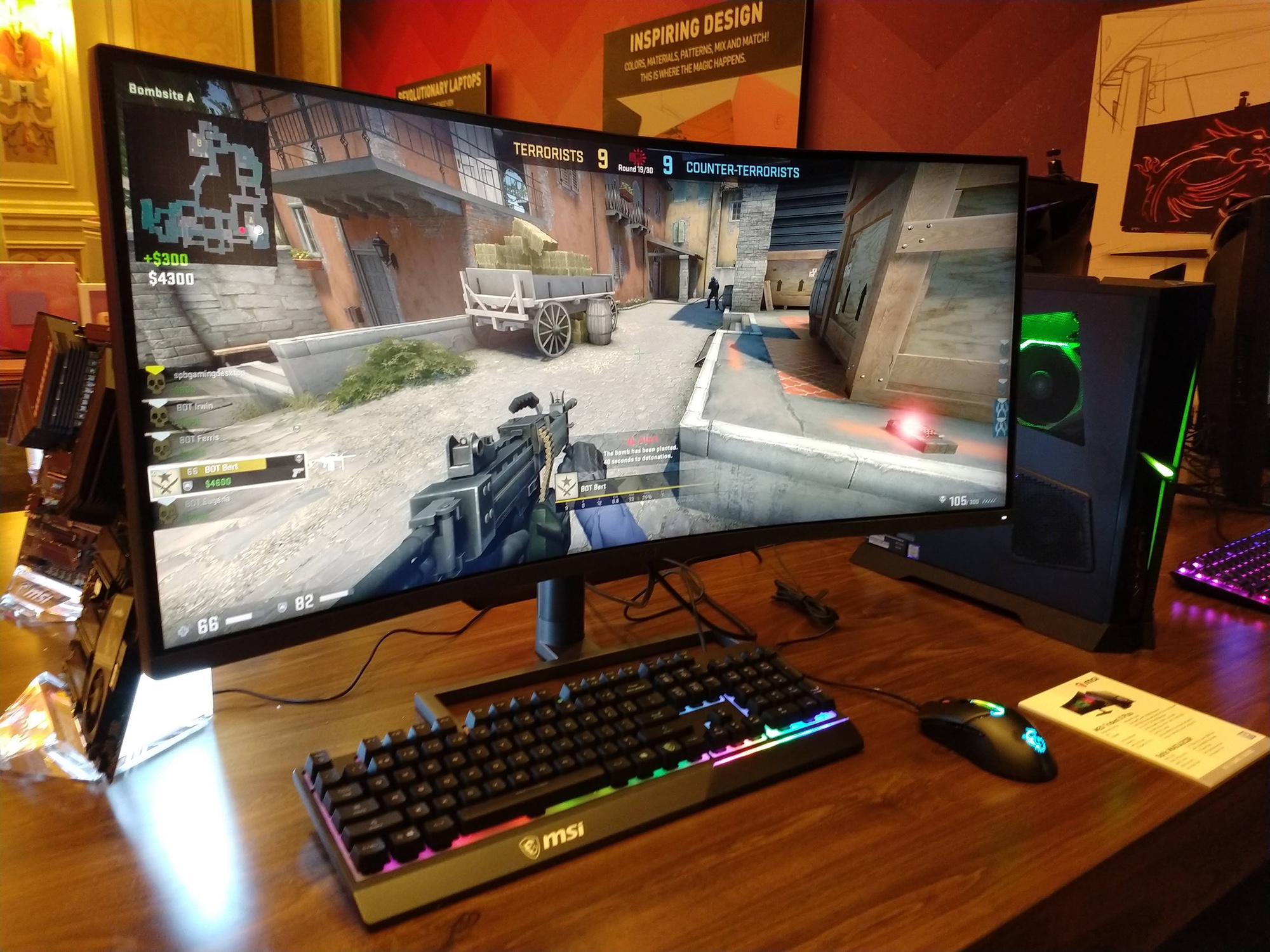
Something about a curved display makes you feel more immersed in the action, particularly when you're in the middle of a gripping single-player adventure or a demanding multiplayer matchup. That's why the MSI Optix MAG342CQR is one of the most promising curved gaming monitors yet. While most curved peripherals have curvatures between 1800R and 4000R, the Optix MAG342CQR curves at 1000R, which mimics a human's peripheral vision. In other words, it's about as close as you can get to being in the game without strapping on a VR headset. With a 34-inch screen and 3440 x 1440 resolution, the Optix MAG342CQR also displays gorgeous game graphics. — Marshall Honorof
Best Smart Appliance: GE Kitchen Hub

Calling the GE Kitchen Hub the ultimate microwave would be doing a disservice to this smart kitchen product. Yes, it can nuke your food, but on the front of this appliance, you’ll find a 27-inch touchscreen running Android, through which you can watch Netflix, control smart home devices, and more. But the Kitchen Hub is also designed to be a cooking companion. Equipped with three cameras, it uses artificial intelligence to identify food, suggest recipes based on what you have on hand, guide you through the steps, and even tell you when it’s done. If you have other smart GE appliances, the Kitchen Hub can control them, too. — Mike Prospero
Best Smart Home Device: Poseidon Mirror
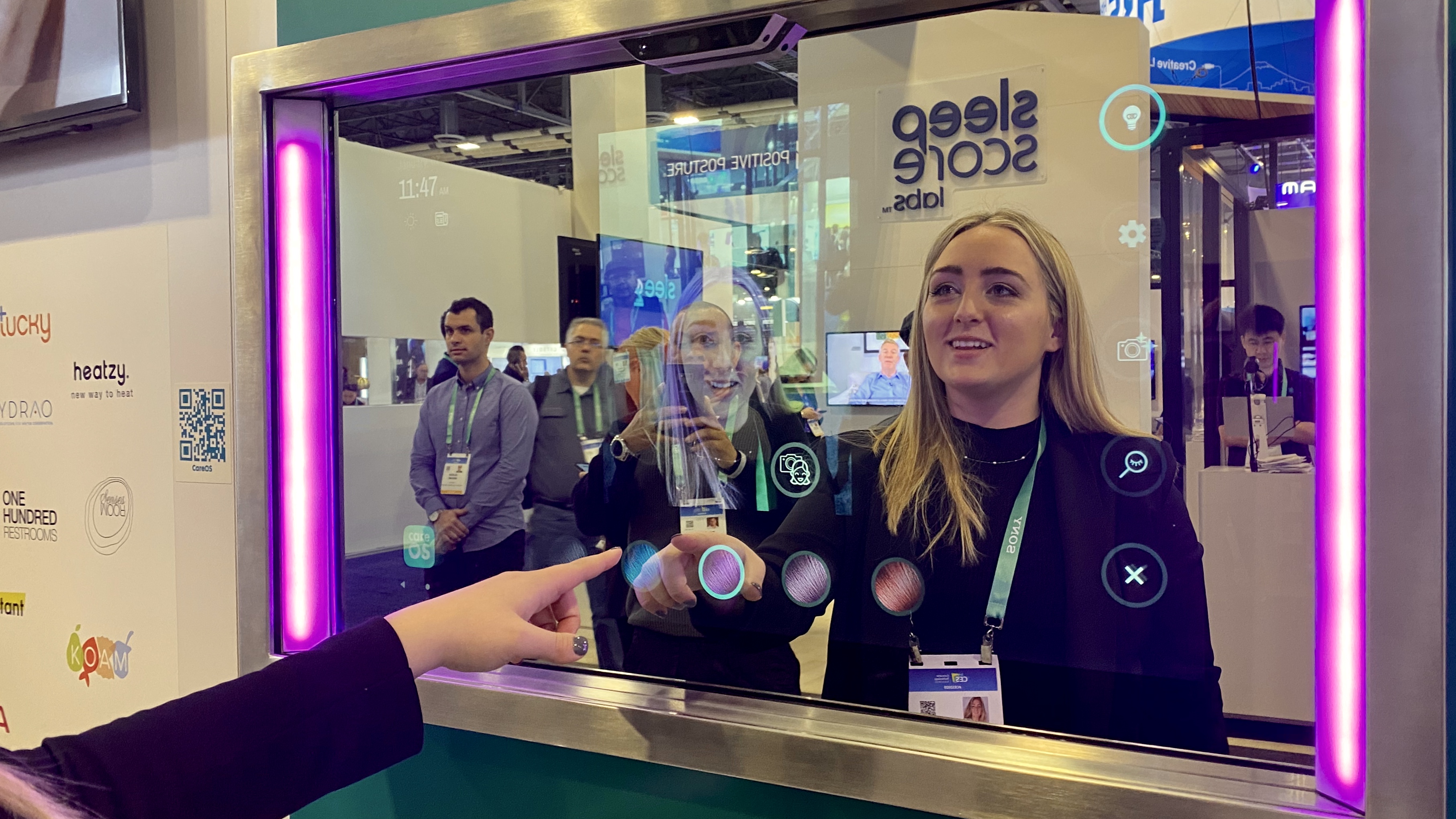
Smart mirrors might not be new tech, yet everything about the Poseidon Mirror from CareOS feels inherently fresh. The crux of Poseidon’s innovation is its impressive AR camera that maps faces using 7,000 reference points. Over time, Poseidon tracks changes in contours to see how skin moves with age. And while the mirror may be quick to point out deepening stress wrinkles, it can also recommend products and routines to alleviate them. My favorite thing about Poseidon is that it just works. It didn’t feel like a prototype, unlike some of complicated smart home concepts brought to CES. — Kate Kozuch
Best Beauty Tech: L’Oréal Perso
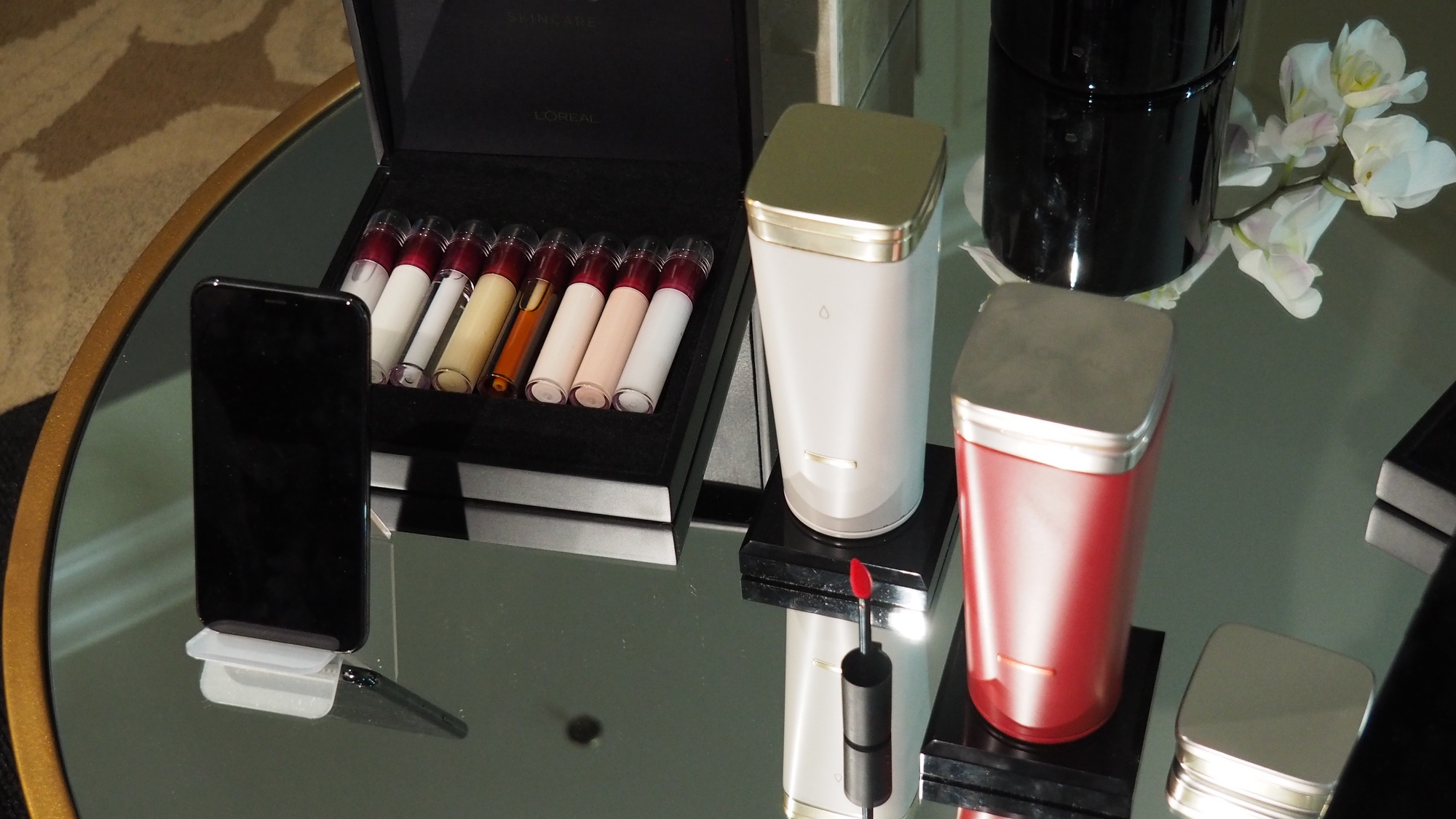
L’Oréal’s Perso is a game-changer. This dispenser pushes out a perfectly measured skincare serum tailored to your most pressing issues (fine lines, dark spots, etc.) and environmental concerns (UV rays, pollution). Two other versions of Perso mix up custom shades of lipstick and foundation. The device knows what your face needs, thanks to the Perso app, which analyzes your skin to recommend serums and your skin tone to create the perfect lipstick and foundation. Perso will go on sale early next year. — Caitlin McGarry
Best Food Tech: Impossible Pork

Impossible Burger 2.0 debuted at last year’s CES and proceeded to take the food world by storm. But Impossible Foods is back with another game-changer: Impossible Pork. As part of the company’s mission to end animal-based agriculture within 15 years, Impossible Foods developed a ground pork replacement that tastes almost like the real thing. The meat replacement can substitute for ground pork in dishes like meatballs, banh mi sandwiches, dumplings, noodles and more. It’s texturally identical to pork. Most importantly: It tastes damn good. — Caitlin McGarry
Best Health Tech: Withings ScanWatch
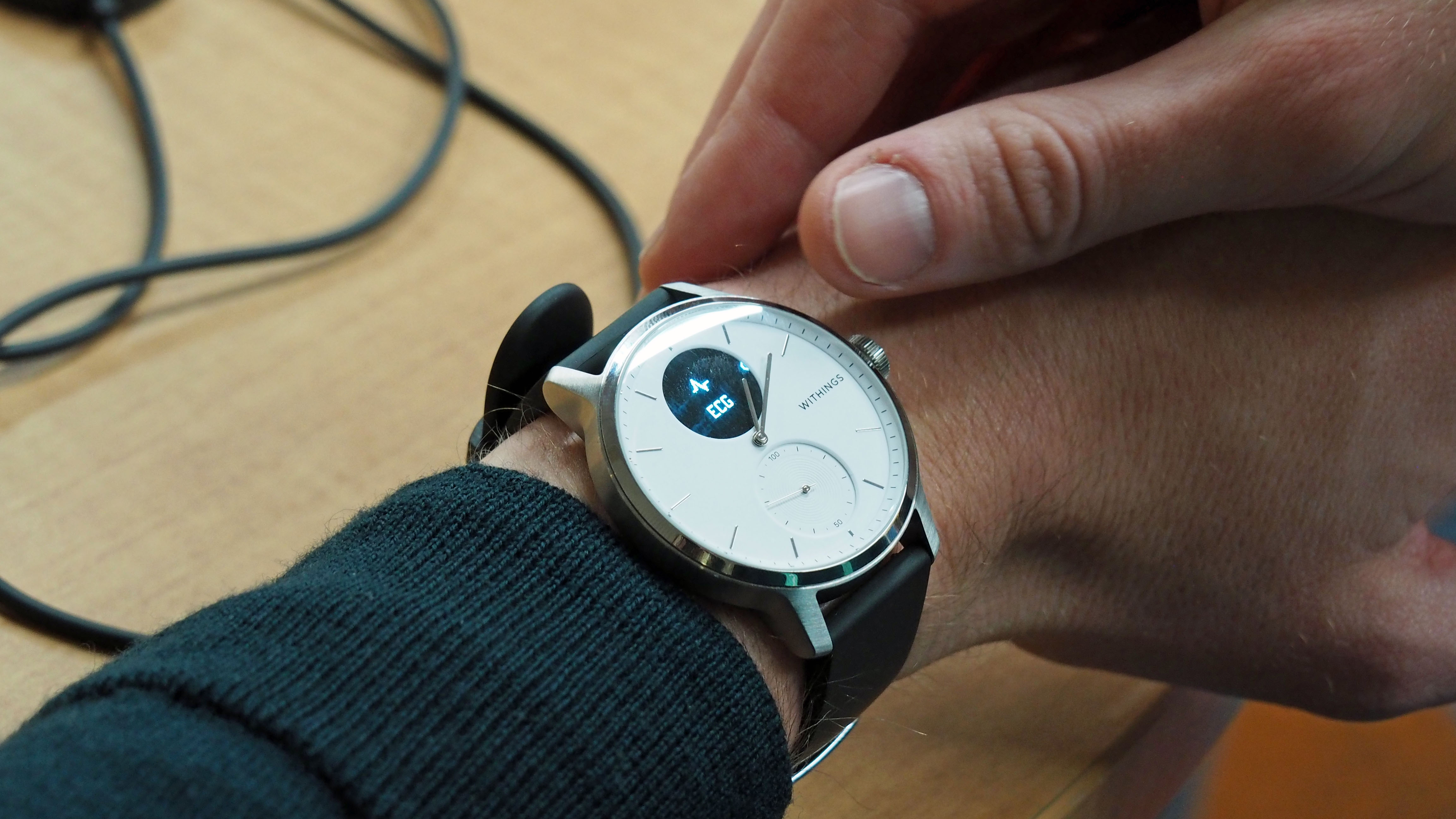
Withings just upped the ante on the Apple Watch with the $249 Withings ScanWatch, a smartwatch that can diagnose atrial fibrillation, like Apple’s wearable, and sleep apnea, which no other smartwatch can do. Even better: The ScanWatch can last up to 30 days on a charge, which blows the Apple Watch Series 5’s 18-day battery life out of the water. The device looks like a sleek, stylish analog watch, which makes its next-level health features even more impressive. Withings is awaiting clearance from the FDA, before the company can sell its potentially life-saving smartwatch stateside. — Caitlin McGarry
Best Audio: Creative Audio Super X-Fi Gen 2
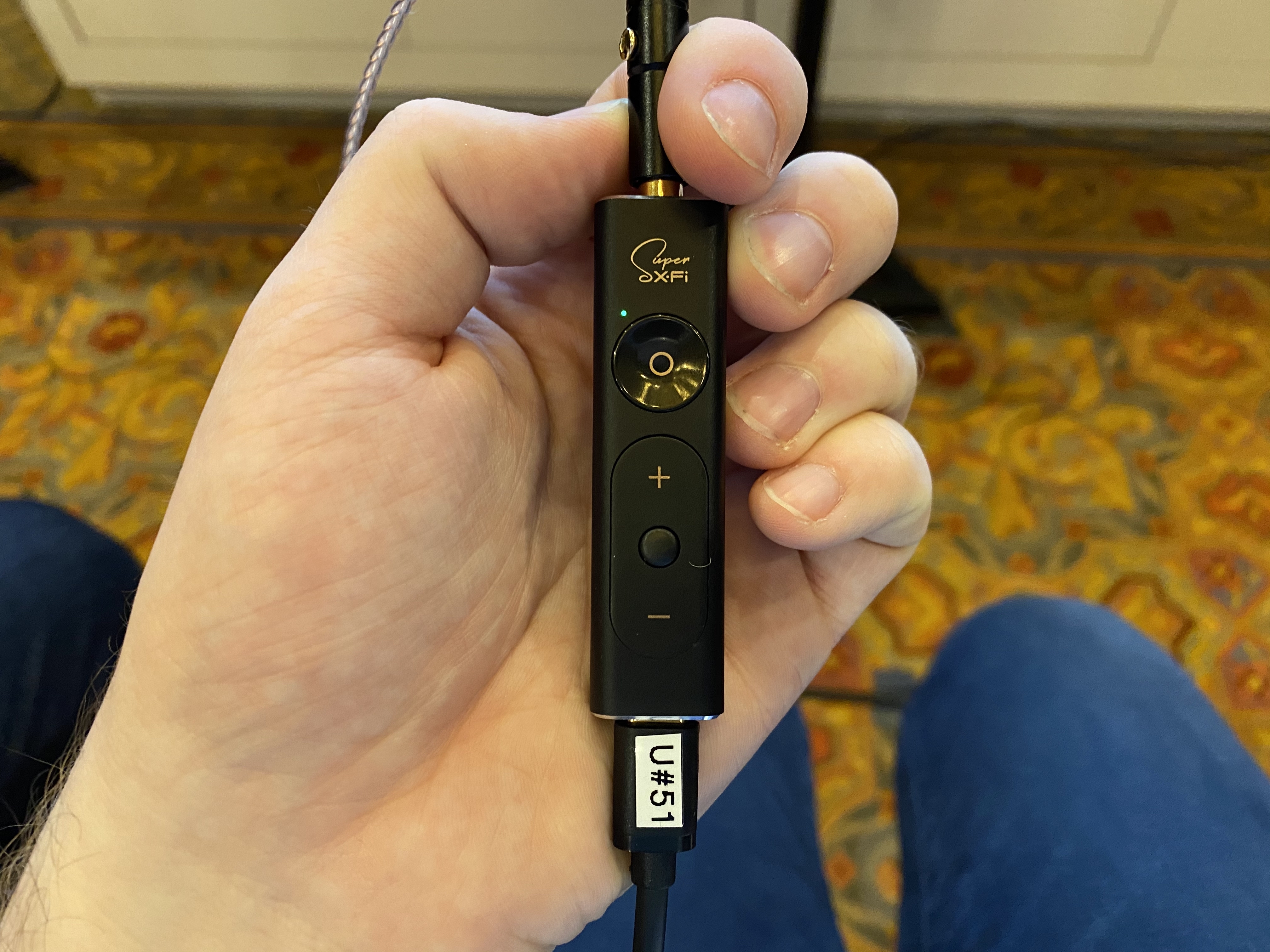
The Super X-Fi Gen 2 version produces the most realistic virtual surround sound we’ve come across. This “headphone holography” experience works excellently with movies and music, whether they were designed for surround sound or not, and thanks to its implementation in headphones, PC peripherals and home theater products, you have a choice of tools with which you can enjoy SXFI. You can personalize it to your own ears too, meaning you and everyone else can get an experience that sounds just right. — Richard Priday
Best Headphones: Nura NuraLoop

Nura already showed it was capable of great things with the Nuraphone over-ear headphones, but with the NuraLoop wireless earbuds, the company successfully put its audio engineering know-how into a smaller and more affordable package. The NuraLoop costs less than the excellent AirPods Pro, but does far more with detailed customization for your audio profile, active noise cancelling and audio transparency. You can also connect them to an auxiliary cable, something no other wireless buds are capable of, meaning these could be the only pair of buds you need. Plus, of course, they sound excellent. — Richard Priday
Best Car Tech: Byton Stage
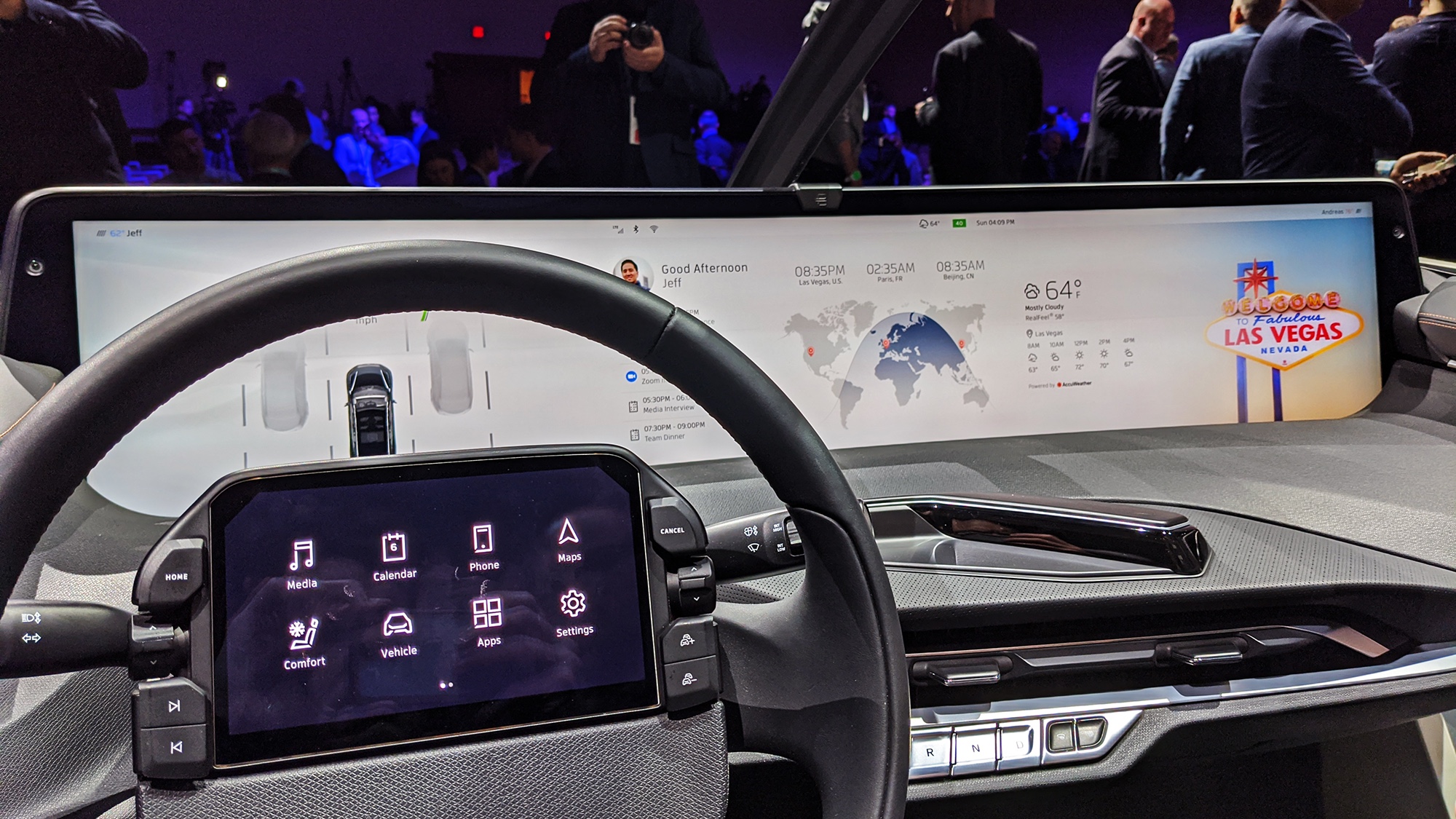
CES gave us the chance to see a finalized, fully functioning prototype of the 48-inch touchscreen destined for Byton's upcoming M-Byte crossover. And it's clear the Chinese automaker paid a staggering degree of attention to the user interface for the Byton Stage display, which dynamically brings the most relevant apps, controls and information to the fore depending on contextual cues.
The Stage itself is controlled by two other screens — one mounted in the steering wheel, and another ahead of the center console for the passenger. Cleverly-mounted physical knobs and buttons on the steering wheel ensure adaptive cruise control and playback functions are never out of reach. By combining touch-sensitive displays, gaze and hand gesture recognition, voice and, yes, even good old-fashioned buttons and switches, the M-Byte should actually be more intuitive than overwhelming to drive when it hits roads in the U.S. and Europe next year. — Adam Ismail

Tom's Guide upgrades your life by helping you decide what products to buy, finding the best deals and showing you how to get the most out of them and solving problems as they arise. Tom's Guide is here to help you accomplish your goals, find great products without the hassle, get the best deals, discover things others don’t want you to know and save time when problems arise. Visit the About Tom's Guide page for more information and to find out how we test products.
